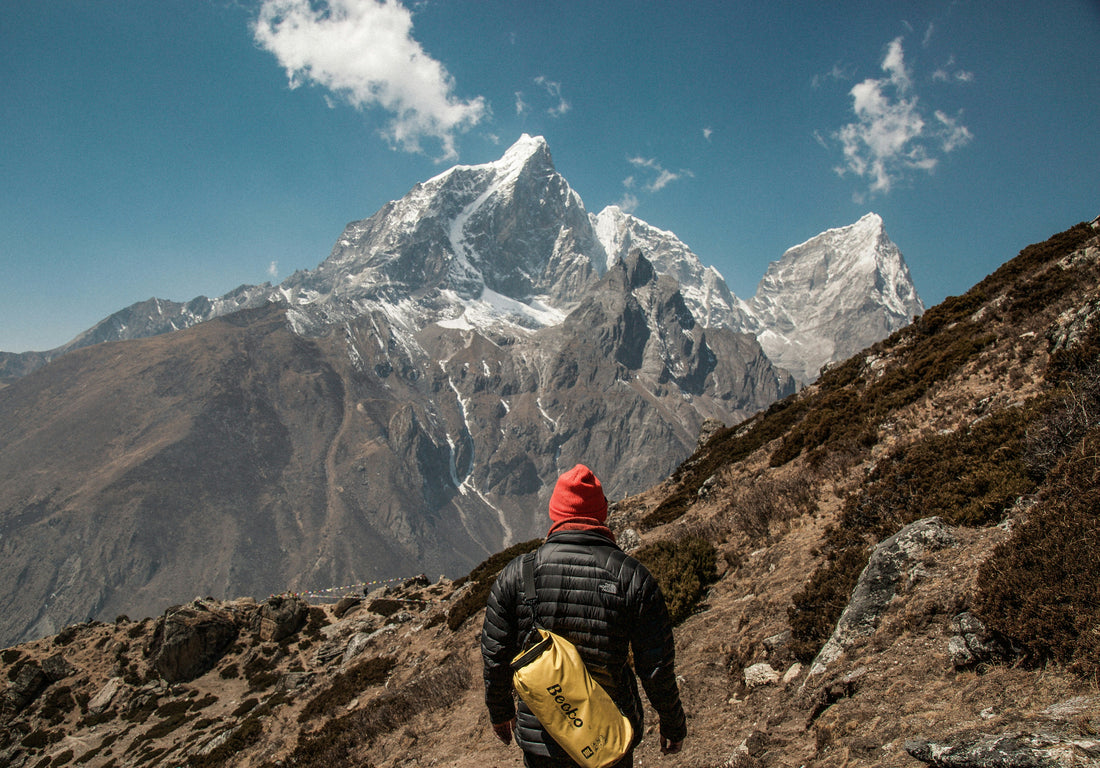Venturing to high-altitude locations—whether for travel, work, or living—presents unique challenges for your respiratory system. At higher elevations, the air contains less oxygen, forcing your body to adapt to maintain adequate oxygen supply. Understanding how altitude affects your breathing can help you prepare, reduce discomfort, and protect your lung health.
What Happens to Your Breathing at High Altitude?
At sea level, atmospheric pressure allows oxygen molecules to enter your lungs efficiently. But as altitude increases, atmospheric pressure drops, resulting in lower oxygen partial pressure. This condition is called hypobaric hypoxia.
In response, your body:
-
Increases breathing rate (hyperventilation): To take in more oxygen per minute.
-
Raises heart rate: To circulate oxygen faster.
-
Produces more red blood cells over time: Enhancing oxygen transport.
-
Alters blood pH: Through respiratory alkalosis caused by increased breathing.
These physiological changes are collectively known as acclimatization and can take days to weeks.
Common Respiratory Challenges at Altitude
-
Acute Mountain Sickness (AMS): Characterized by headache, nausea, dizziness, and shortness of breath.
-
High Altitude Pulmonary Edema (HAPE): Fluid accumulation in the lungs, leading to severe breathlessness and potentially life-threatening respiratory distress.
-
High Altitude Cerebral Edema (HACE): Brain swelling causing confusion and loss of coordination.
- Chronic Mountain Sickness (Monge’s Disease): Seen in long-term residents with excessive red blood cell production causing blood thickening and respiratory difficulty.
Tips for Healthy Breathing at High Altitude
-
Ascend gradually: Allow time for your body to acclimate by ascending no more than 300-500 meters (1000-1600 feet) per day above 2,500 meters (8,200 feet).
-
Stay hydrated: Dehydration can worsen altitude sickness symptoms.
-
Avoid heavy exertion initially: Give your lungs and heart time to adjust.
-
Consider medications: Acetazolamide is commonly prescribed to speed acclimatization by stimulating breathing.
-
Use supplemental oxygen if needed: Especially at very high altitudes or for those with respiratory conditions.
- Monitor symptoms closely: Descend immediately if symptoms of HAPE or HACE develop.
How Wearable Tech Can Help
Modern respiratory wearables track oxygen saturation (SpO2), respiratory rate, and heart rate in real-time. Monitoring these metrics can alert travelers to early signs of hypoxia, prompting timely interventions. Some devices also integrate GPS and altitude data for comprehensive health tracking during climbs.
Special Considerations for People with Lung Conditions
Individuals with asthma, COPD, or other respiratory illnesses should consult their healthcare provider before traveling to high altitudes. Adjustments to medications, oxygen supplementation plans, and personalized acclimatization strategies may be necessary to prevent complications.
Conclusion
High-altitude environments test your respiratory system but with proper preparation and awareness, most people can enjoy the experience safely. Understanding how your breathing changes and using modern technology to monitor lung health makes altitude travel more accessible and less risky.
Resources
-
American Lung Association: www.lung.org
-
Centers for Disease Control and Prevention (CDC) High Altitude Resources: www.cdc.gov
-
Wilderness Medical Society: www.wms.org




